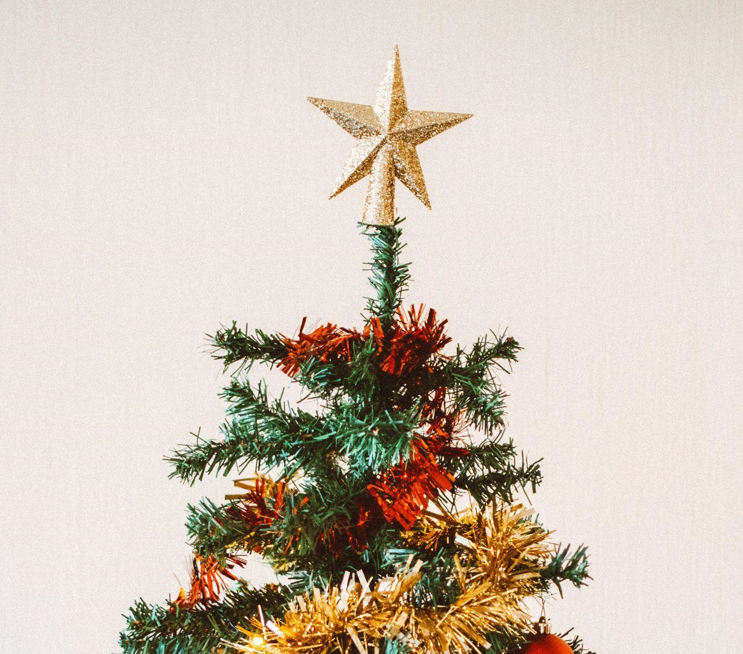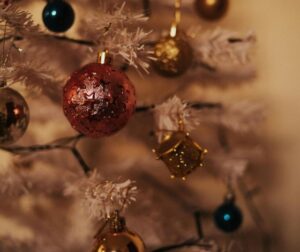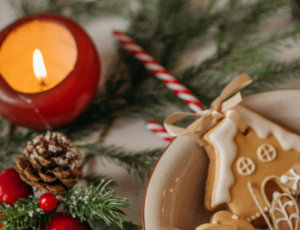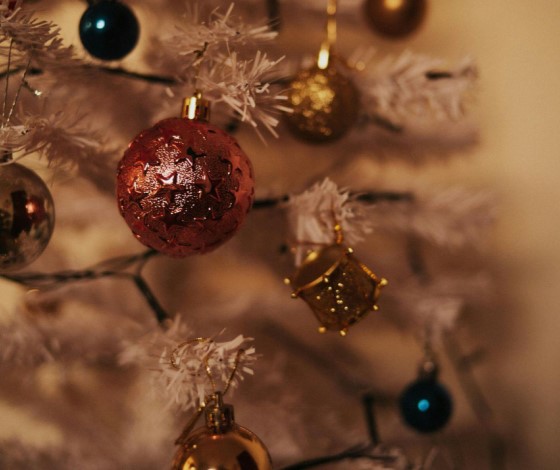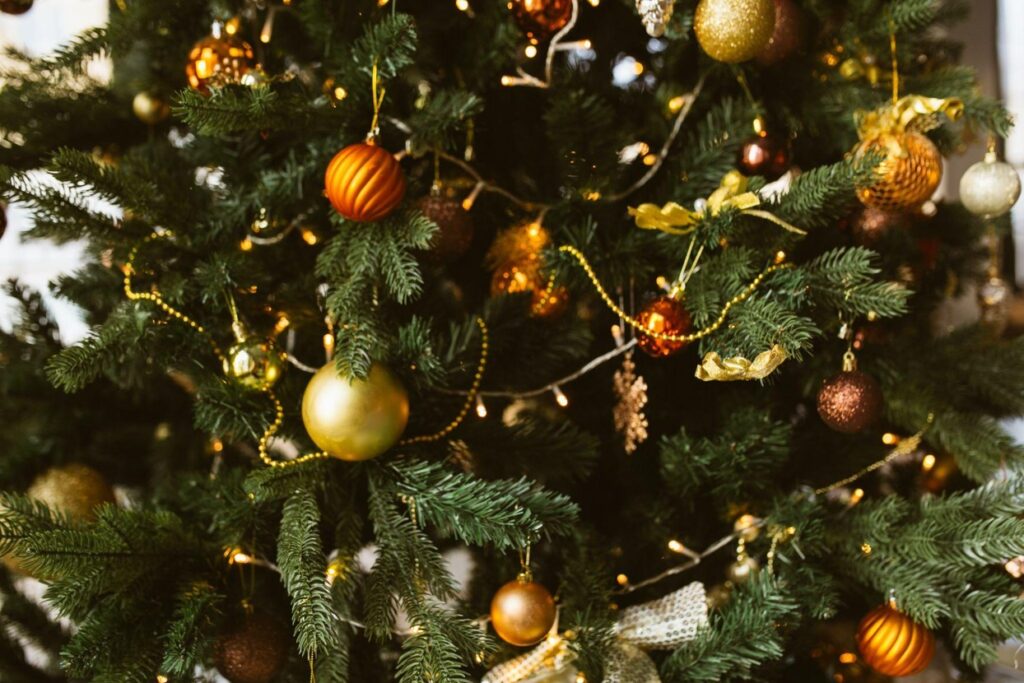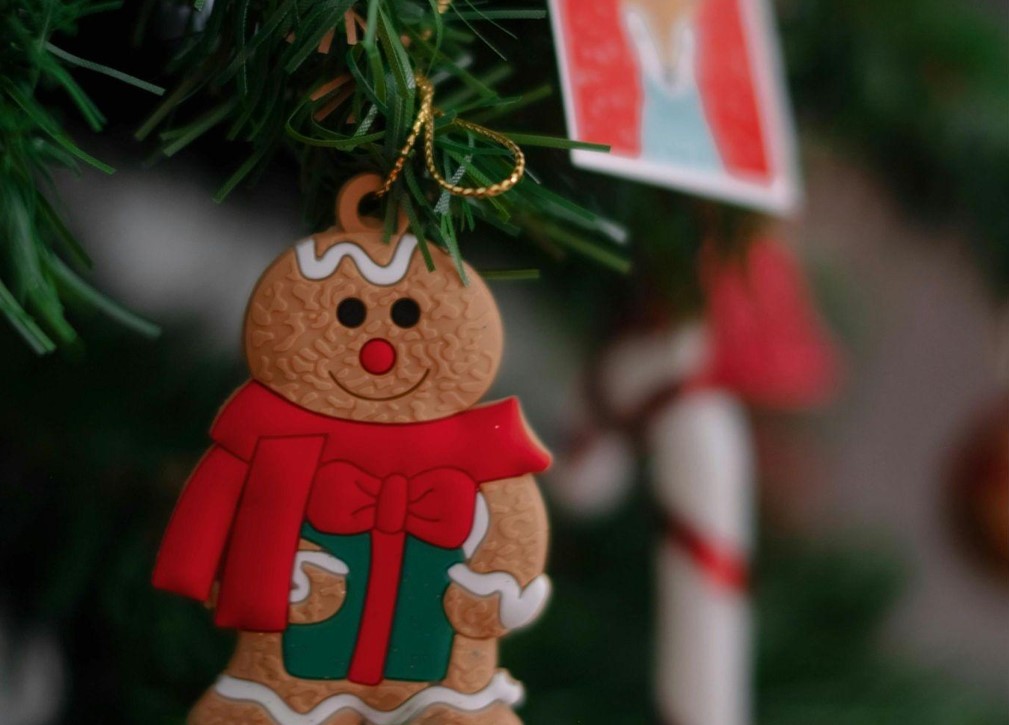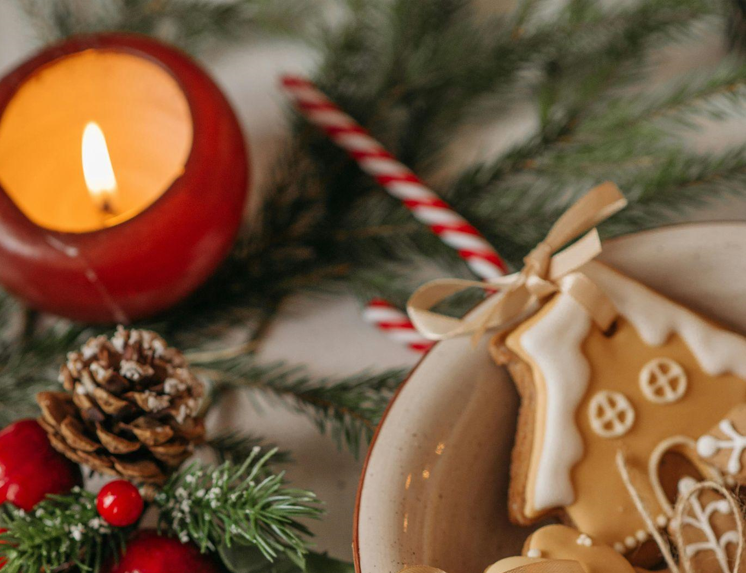Christmas is a time for cherished family traditions; the Christmas tree is one beloved staple of the season. Artificial Christmas trees with lights have grown increasingly popular for their convenience, sustainability, and dazzling display. But how did these festive creations come to be?
The Origins of Artificial Christmas Trees
The invention of artificial Christmas trees dates back to the mid-19th century. Germany is often credited as the birthplace of the synthetic tree. At that time, concerns over deforestation led people to create trees using dyed goose feathers. These feather trees were assembled on wooden dowels to mimic the shape of real evergreen branches.
Fast-forward to the 1930s, and the world saw the emergence of aluminum Christmas trees. These were introduced in the U.S. and became an iconic part of mid-century holiday décor. Later, manufacturers began using PVC plastic, marking the start of today’s lifelike and durable artificial trees. Thanks to advancements in craftsmanship, modern artificial trees offer realistic designs, making them nearly indistinguishable from their natural counterparts.
One standout feature added over the years is built-in lighting. Including pre-strung lights eliminates the hassle of untangling strands and allows families to enjoy their tree without the frustration of setup. These innovations have made 9ft Christmas trees with lights a centerpiece in many homes, especially in spaces with high ceilings where their grandeur shines.
Traditions Around the Christmas Tree
Over the years, the Christmas tree has symbolized unity, family, and giving. Churches often incorporate Christmas trees into holiday celebrations, holding charity events or decorating trees to raise awareness for causes. For example, some communities host fundraising by raffling off beautifully adorned artificial trees with lights.
The long-standing tradition of tree-lighting ceremonies also contributes to this story. Many families enjoy lighting their 9-foot Christmas tree while sharing stories and singing carols. These experiences become cherished memories that are passed down through generations.
For many, Christmas trees hold spiritual significance. The Bible describes light as a symbol of peace and hope, aligning with tree lights’ glow during the festive season. Ash Wednesday, which marks the start of preparation for Easter, offers another layer of symbolism tied to the cycle of light, life, and renewal.
Bringing the Tradition Home
Whether you prefer a towering 9ft Christmas tree or a smaller model, artificial trees with lights allow families to celebrate the season with less fuss. The convenience of pre-strung lights and easy assembly ensures more time for meaningful traditions. Their durability and reusability make them eco-friendly, reducing waste over time.
At the heart of the Christmas tree tradition is community. Charities, families, and faith groups use trees to connect. Gathering around a tree’s warm glow reminds us of the season’s true purpose—giving, sharing, and remembering the important people in our lives. Artificial Christmas trees with lights brighten our homes and preserve timeless traditions. For those looking to start or continue this cherished custom, consider a tree that reflects your style and keeps the spirit of Christmas alive.
